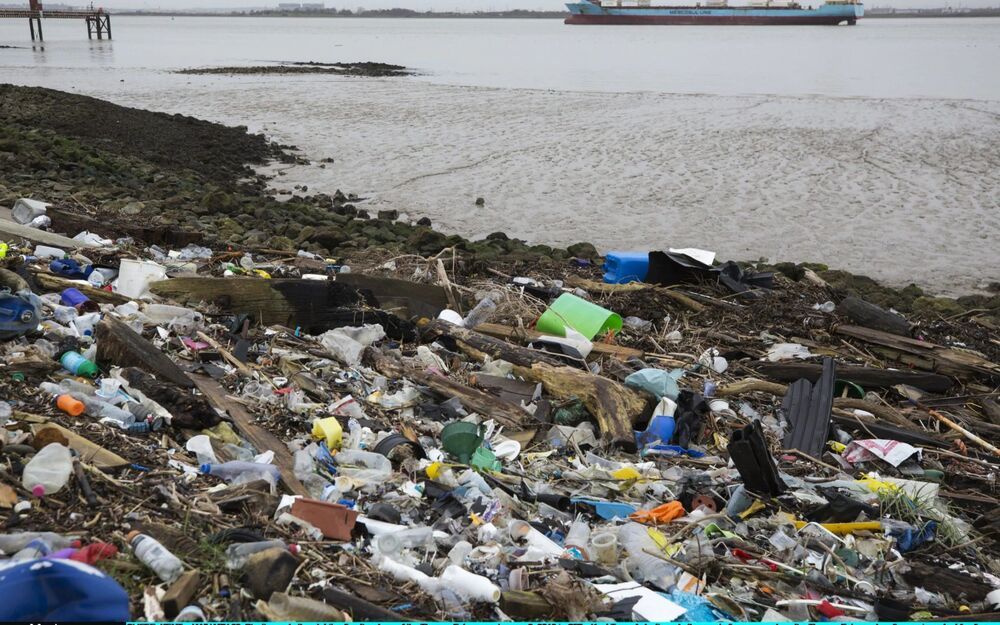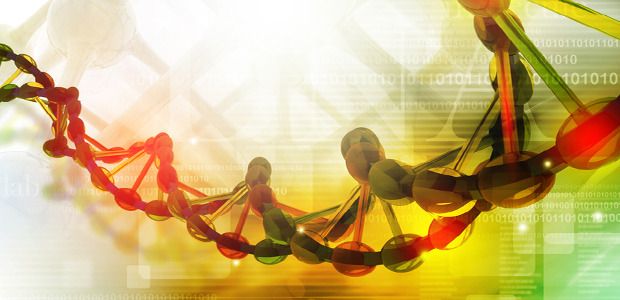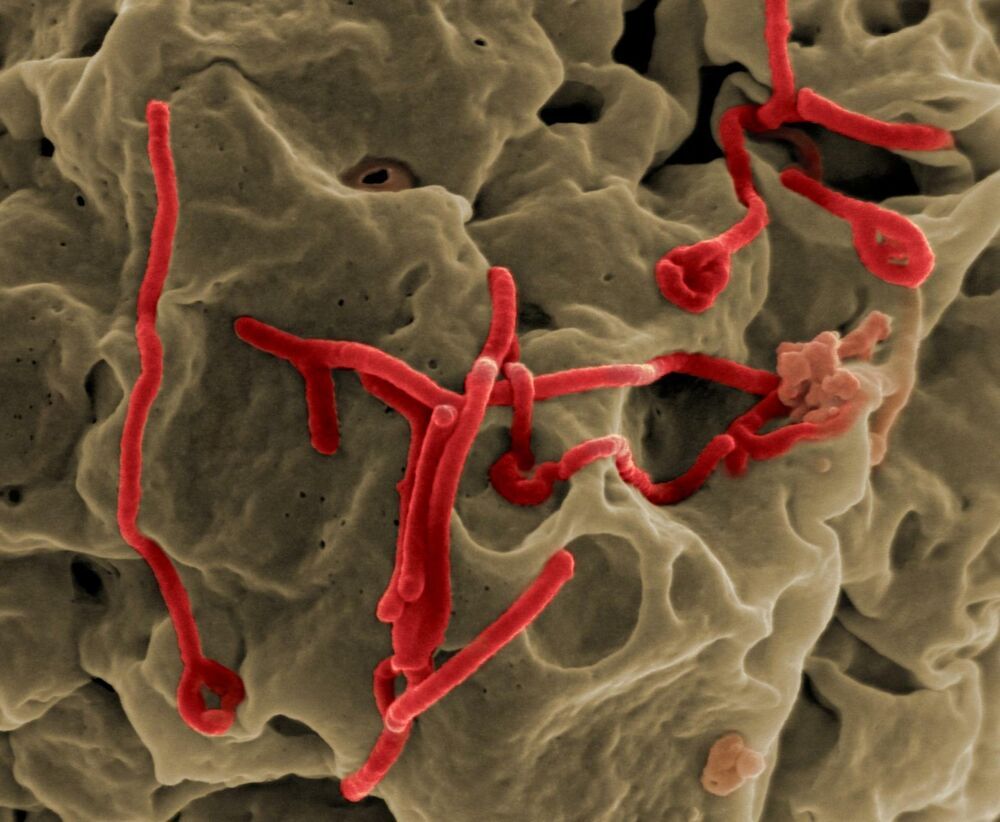The Art Of Human Care For Covid-19 — Dr. Hassan A. Tetteh MD, Health Mission Chief, U.S. Department of Defense (DoD), Joint Artificial Intelligence Center, The Pentagon.
Dr. Hassan A. Tetteh, MD, is the Health Mission Chief, at the Department of Defense (DoD) Joint Artificial Intelligence Center, serving to advance the objectives of the DoD AI Strategy, and improve war fighter healthcare and readiness with artificial intelligence implementations.
Dr. Tetteh is also an Associate Professor of Surgery at the Uniformed Services University of the Health Sciences, adjunct faculty at Howard University College of Medicine, a Thoracic Staff Surgeon for MedStar Health and Walter Reed National Military Medical Center, and leads a Specialized Thoracic Adapted Recovery (STAR) Team, in Washington, DC, where his research in thoracic transplantation aims to expand heart and lung recovery and save lives.
In the past, Dr. Tetteh has served as Chief Medical Informatics Officer, United States Navy, and Division Lead for Futures and Innovation at Navy Medicine’s Headquarters, a Command Surgeon for the National Defense University, and as a Robert Wood Johnson Health Policy Fellow, assigned to the U.S. Congress, Congressional Budget Office, (CBO).
Dr. Tetteh served as Ship’s Surgeon and Director of Surgical Services for the USS Carl Vinson, deployed as a trauma surgeon to Afghanistan’s Helmand and Nimroz provinces, and has supported special joint forces missions to South America, the Middle East, the South Pacific, Australia, and Africa. He earned both the Surface Warfare Medical Department Officer and Fleet Marine Force Qualified Officer designations, and his military honors include two Meritorious Service Medals and the Joint Service Commendation Medal.

 While AI is driving value in all aspects of our lives, there are times where it’s hard to separate the aspirations of those who want to use it to do good from those leverag ing AI today to positively impact real change in health and medici ne.
While AI is driving value in all aspects of our lives, there are times where it’s hard to separate the aspirations of those who want to use it to do good from those leverag ing AI today to positively impact real change in health and medici ne.





